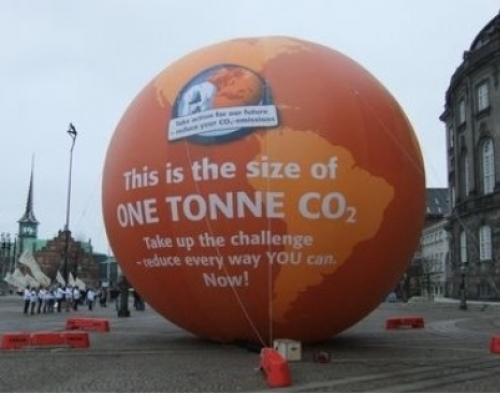Net Zero Carbon Development Plan
(4) 8 Carbon Offsetting
Policy NZC2(D): Carbon Offsetting
Where a development proposal cannot demonstrate that it is net zero carbon at the point of determination of planning permission, it will be required to address any residual carbon emissions by:
1) a cash in lieu contribution to the District Council's carbon offsetting fund
or
2) at the Council's discretion, a verified local off-site offsetting scheme, provided that the scheme is properly quantified and is verified by the Warwickshire County Council's Ecology team. The delivery of any such scheme must be local and guaranteed.
Contributions to an offsetting scheme shall be secured through Section 106 Agreements. The Council will maintain Supplementary Planning Guidance setting out how contributions will be utilised.
Developers will be expected to set out and evidence anticipated carbon emissions for developments taking account of emissions during the operational/occupied phase of the building's life and during demolition if it is reasonable to expect this to occur within 30 years. In determining the level of the development's carbon emissions assessments should consider all emissions that will occur within 30 years of completion.
Where "zero-carbon ready" technology is incorporated within the building, associated carbon emissions will be calculated in accordance with the stated national trajectories for the carbon reduction of the relevant energy sources.
Where the SAP undertaken at completion shows that there is a performance gap between the design and the performance of the completed building, carbon offsetting contributions will be required to reflect any associated additional carbon emissions not accounted for at the point of determination of the planning application.
8.1 Offsetting should only be used where a developer has maximised carbon reductions through applying NZC2(A) and NZC2(B). Offsetting will only be acceptable where it is demonstrated that it is the only option available to enable necessary development to be brought forward. As such the Council considers offsetting to be an option of final resort. It has been estimated that it would take the planting of 160 trees to offset a 4 tonne carbon footprint.
8.2 Using the most up to date Standard Assessment Procedure (SAP), planning applications will be required to set out in full the anticipated annual operational carbon emissions from the development for each of the 30 years after completion. The sum of this will be the amount of carbon to be offset over the 30 year building life. The resulting financial contribution will be calculated as follows:
8.2.1 The estimated amount of residual CO2 emissions from the development over 30 years from the completion of the development, multiplied by the average carbon market price per tonne for the 12-month period preceding the completion of the development.
8.2.2 The average carbon market price shall be determined from the Carbon Emissions Allowance from the European Union Emissions Trading Scheme (unless replaced by UK adopted equivalent which will then apply).
8.3 New development is expected to get as close as possible to zero-carbon on-site through fabric performance and the inclusion of renewable energy. Where "zero-carbon ready" technology is incorporated within the development, associated carbon emissions will be calculated in accordance with the stated national trajectories for the carbon reduction of the relevant energy sources. As an example, if an electrical heating system based on supply from the national grid is utilised, the calculation of carbon emissions associated with this will be based on any published national government carbon reduction targets (including where possible a reduction trajectory) for the electricity grid. Where there are no published government targets, existing levels of carbon will be assumed unless robust evidence can be provided regarding future decarbonisation of the energy source.
8.4 Offset contributions will be paid into the Council's Carbon Offset Fund and ring-fenced for off-site carbon reduction projects or, at the Council's discretion, may support a verified local off-site offsetting scheme, provided that such a proposal is properly researched/quantified. In the event that Warwickshire County Council or Warwick District Council operate a local carbon market that gives value to the growth and enhancement of local natural assets, this will be the preferred scheme. Any other scheme will be referred to the Warwickshire County Council's Ecology team for verification. Its delivery must be local and must be guaranteed.
8.5 The Council will maintain supplementary planning guidance setting out how contributions to the Carbon Offset Fund will be utilised to enable net-zero carbon. This will include a list of projects to be funded and regularly reviewed in line with the Council's Climate Emergency Action Programme to ensure that there is transparency throughout the process. Examples of project types include: investment in natural assets that will capture carbon; development of large scale renewable energy projects within or close to the District; providing advice and/or funding to enable the District's existing building stock to be decarbonised.
8.6 Monitoring of the funds and progress made by adopting this policy will be included in the Authority Monitoring Report produced annually and will include details of:
- The amount of carbon offset fund payments collected
• The amount of carbon offset fund payments spent
• Types of projects being funded
• Amount of CO2 offset and price.

